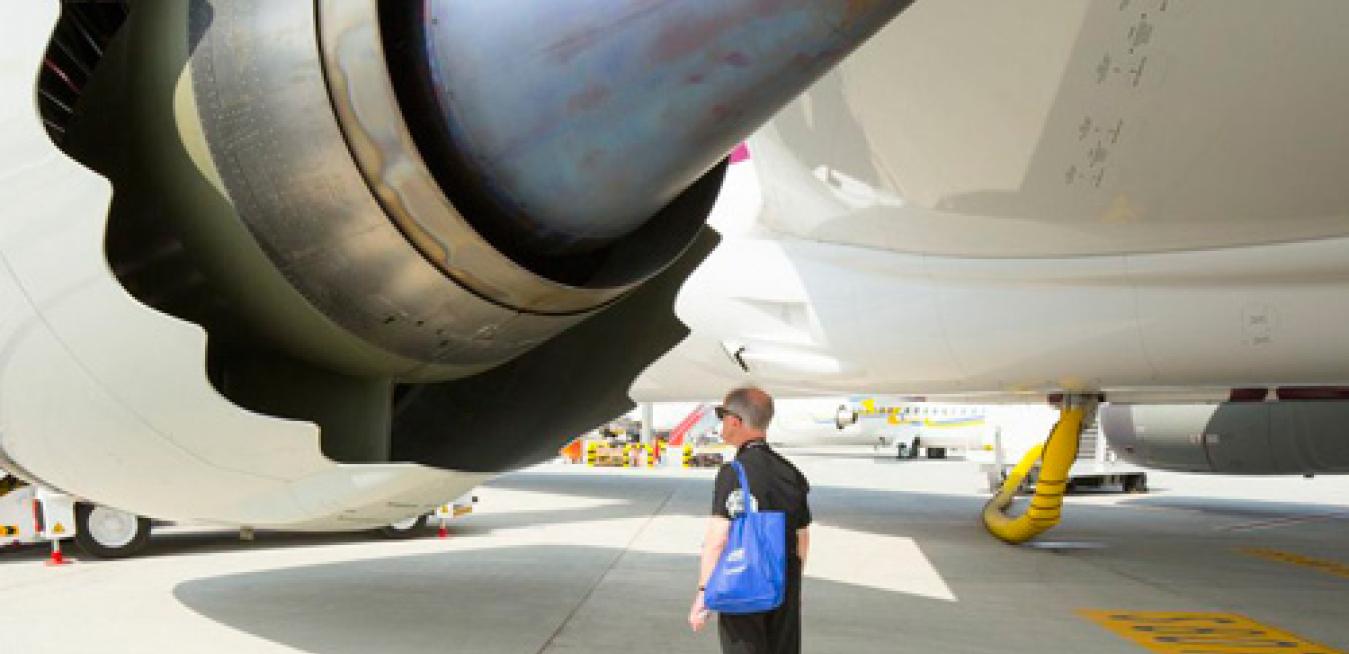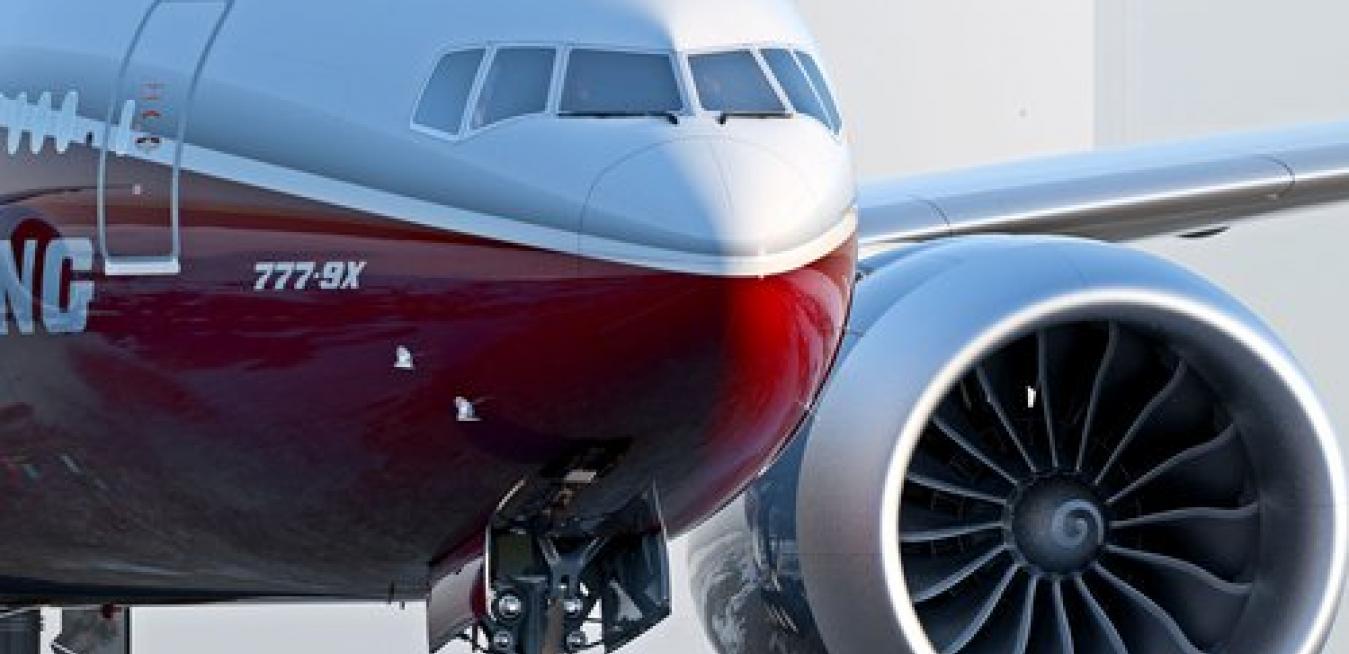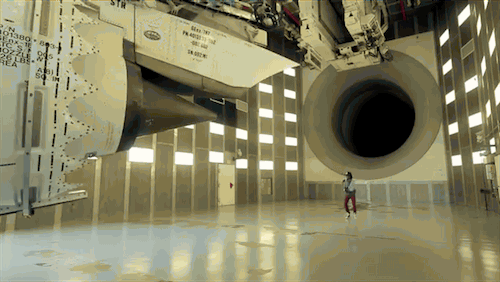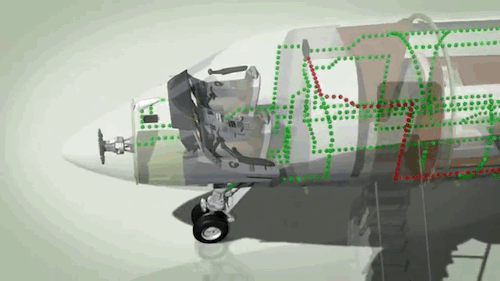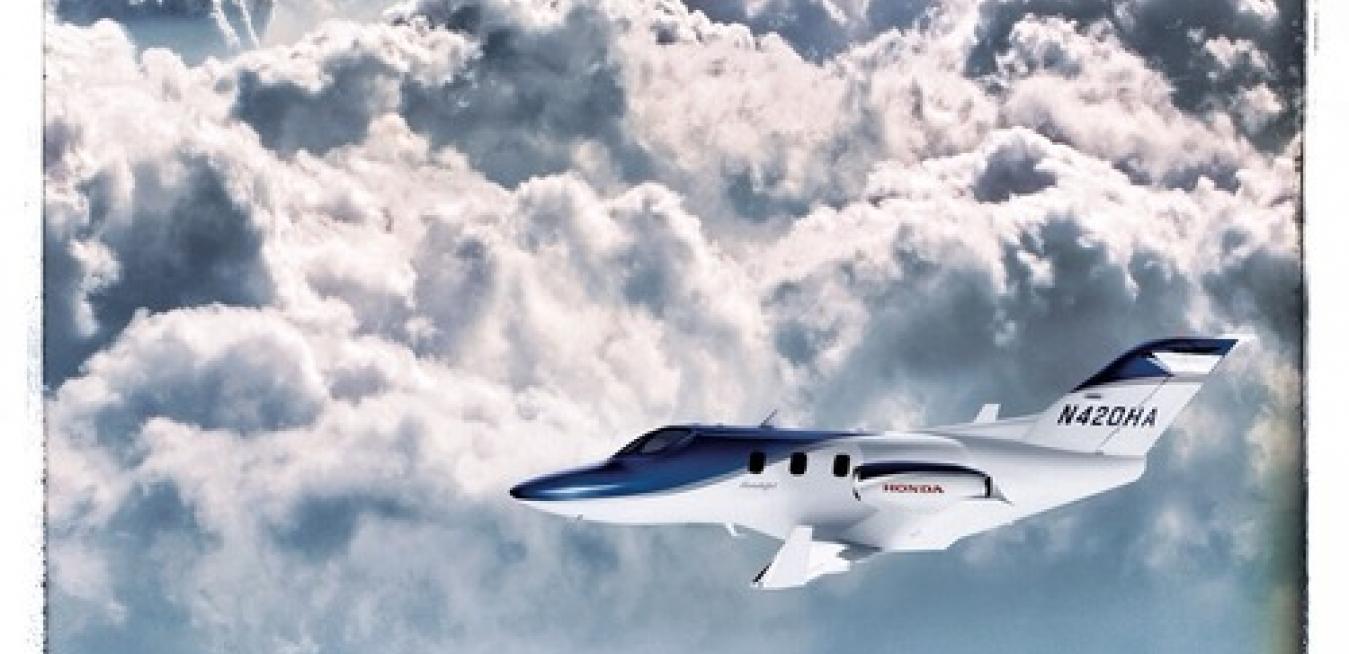How to print blood vessels. And apartment buildings
A wedding ring holding a piece of moon rock. Hydroponic garden structures tailored to any shape desired. Jet engine fuel nozzles. An Aston Martin template: These are but a few examples on the growing roster of 3D-printed structures that steadily made tech headlines over the past 18 months.There are many luxuries that separate first class fliers from their fellow travelers going coach in the back of the plane, but in-flight entertainment isn’t one of them. The personal multiple-choice video screen standard on most long-haul flights has democratized the passenger deck and allowed anyone to binge on Big Bang Theory, European art house flicks, and video games. The same is true for Wi-Fi and personal power outlets.
Not too long ago, passenger jets were made mostly from aluminum and steel. But over the last two decades, they started putting on lighter frocks made from high-tech materials called composite. Airbus’ latest plane, the A350 “Extra Wide Body” jet, is perhaps the most fashion-forward aircraft in this space. More than half of the plane’s airframe and skin is made from composite materials.
From space, Norfolk Southern’s 20,000-mile rail system resembles a neural network and it increasingly works like one, too. The railroad has rolled out a big data system called Movement Planner, which helps intelligently direct the hundreds of trains that ply its rails through 22 states from the Atlantic coast to the Great Lakes and the Mississippi River every day.
Large passenger jets are pretty much all alike, but each private jet is different in its own way. “We now make it a bit easier for customers to stand out,” says Vic Bonneau, president of GE Aviation’s Electrical Power Business.
GE engineers helped inventor and aircraft designer Bill Lear create the business jet market in the 1960s, when they converted a fighter jet engine into propulsion for the first Learjet. But the company has been largely absent from the space since.
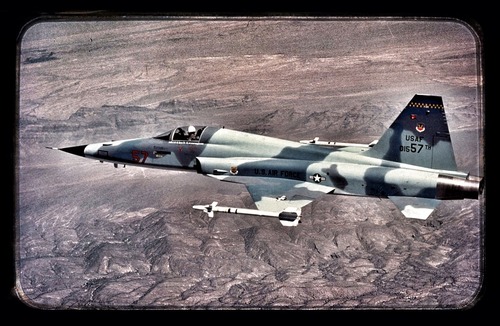
Bill Lear’s Learjet used GE’s J85 jet engines originally developed for Northrop F-5 fighter jets. Image credit: National Museum of USAF
